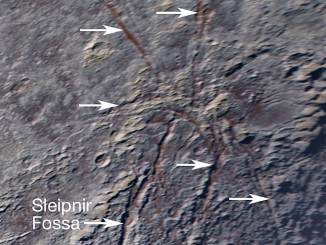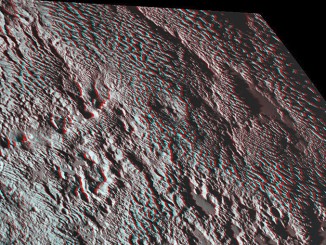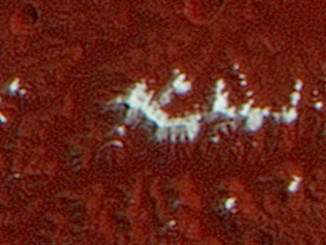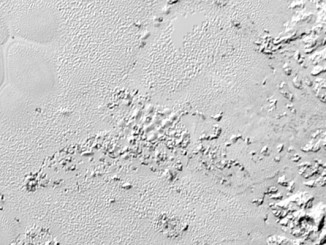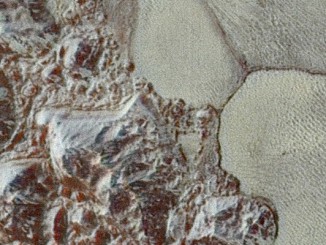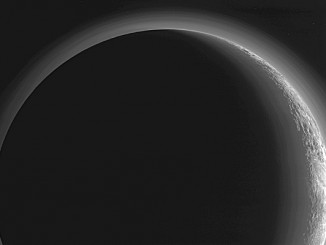
Pluto’s “Twilight Zone” reveals its secrets
NASA’s New Horizons spacecraft took this stunning image mere minutes after closest approach on 14 July 2015. Seen here, sunlight filters through and illuminates Pluto’s complex atmospheric haze layers over portions of the nitrogen ice plains informally named Sputnik Planum, as well as mountains of the informally named Norgay Montes.

